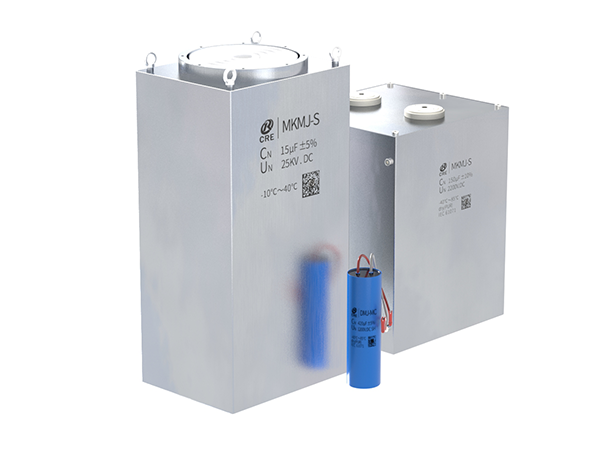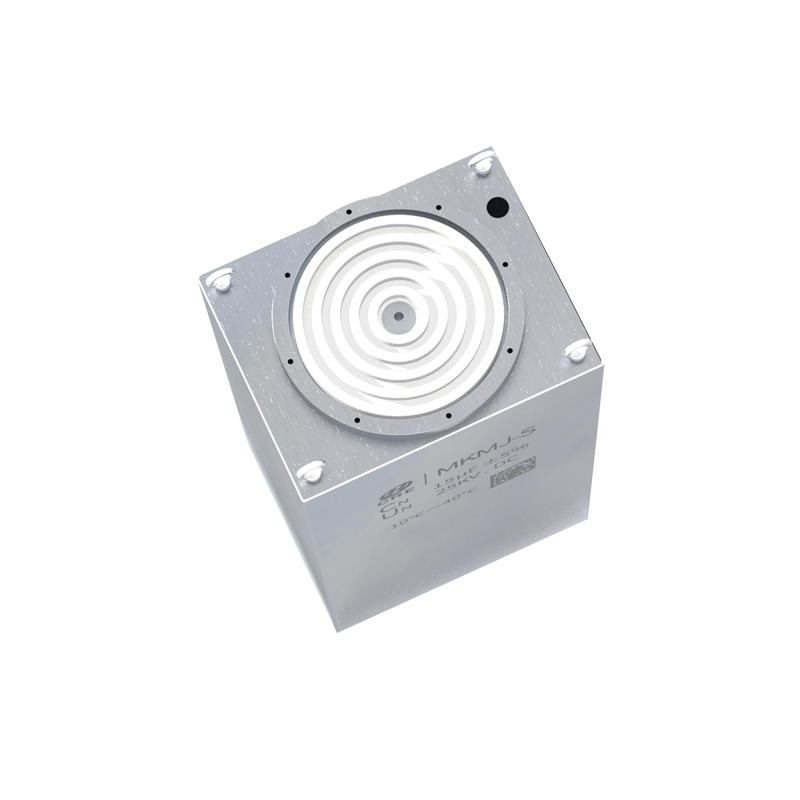- All
- Product Name
- Product Keyword
- Product Model
- Product Summary
- Product Description
- Multi Field Search
Views: 0 Author: Site Editor Publish Time: 2025-06-17 Origin: Site











Pulse capacitors are critical components in modern electrical and electronic systems, especially in applications that require rapid energy discharge. They are designed to store and release energy in short, high-intensity bursts, making them indispensable in various high-power applications. Understanding the fundamentals of pulse capacitors is essential for engineers and technicians working in fields such as medical technology, military defense systems, and industrial equipment. This article delves deep into the world of pulse capacitors, exploring their construction, operation principles, and applications.
The unique characteristics of Pulse Capacitors enable them to handle large amounts of energy efficiently. They play a vital role in pulse power systems, where the rapid release of stored energy is crucial. By examining their design and functionality, we can appreciate how they contribute to advancements in technology and industry.
 Pulse capacitors are specialized capacitors engineered to discharge their stored energy quickly and efficiently. Unlike regular capacitors, which are designed for continuous energy storage and release over time, pulse capacitors are built to handle high voltage spikes and deliver energy in a single, rapid pulse. This distinction makes them ideal for applications that require instantaneous power delivery.
Pulse capacitors are specialized capacitors engineered to discharge their stored energy quickly and efficiently. Unlike regular capacitors, which are designed for continuous energy storage and release over time, pulse capacitors are built to handle high voltage spikes and deliver energy in a single, rapid pulse. This distinction makes them ideal for applications that require instantaneous power delivery.
At their core, pulse capacitors function based on the same principles as conventional capacitors. They store electrical energy in an electric field created between two conductive plates separated by a dielectric material. The key difference lies in their ability to withstand and discharge high voltage levels in extremely short timeframes, often in microseconds or less. This capability is achieved through careful selection of materials and design optimization to minimize energy losses and handle thermal and mechanical stresses.
Pulse capacitors are typically constructed using high-quality dielectric materials such as polypropylene, which offer excellent electrical properties and high dielectric strength. The choice of dielectric is crucial, as it must withstand high electric fields without breaking down. Conductive plates are usually made of aluminum or zinc, designed to provide a large surface area for energy storage while maintaining structural integrity under stress.
Advanced manufacturing techniques are employed to ensure low inductance and resistance, which are essential for rapid energy discharge. The capacitors are often encapsulated in robust enclosures to protect against environmental factors and mechanical damage. Some designs incorporate metallized film technology, where a thin metal layer is deposited onto the dielectric, allowing for self-healing properties in case of dielectric failure.
Pulse capacitors are utilized across a wide range of applications where quick and powerful energy release is necessary. Their ability to deliver high-energy pulses makes them suitable for diverse fields, from medical equipment to military hardware.
One of the prominent applications of pulse capacitors is in medical defibrillators. Defibrillators require a rapid discharge of electrical energy to reset the heart's rhythm during cardiac arrest. Pulse capacitors in these devices are designed to deliver precise energy pulses that are both effective and safe for patients. The reliability and performance of pulse capacitors directly impact the success rate of life-saving interventions.
Pulse capacitors are integral components in military applications such as pulsed laser systems, radar equipment, and electromagnetic weapons. In these systems, the capacitors provide the necessary pulse power to generate high-energy beams or signals. The capacitors must withstand extreme conditions and rapid cycling without degradation, ensuring the reliability and effectiveness of critical defense technologies.
Industries utilize pulse capacitors in equipment like pulsed power supplies, welding machines, and particle accelerators. These applications demand capacitors that can handle high currents and voltages with minimal losses. Pulse capacitors contribute to the efficiency and performance of industrial processes by providing stable and rapid energy delivery.
Designing pulse capacitors involves several critical considerations to ensure they meet the specific requirements of their applications. Factors such as voltage and current ratings, energy density, efficiency, and thermal management play significant roles in the capacitor's performance and longevity.
 Voltage and Current Ratings
Voltage and Current RatingsPulse capacitors must be rated for the maximum voltage and current they will encounter during operation. Overrating these parameters provides a safety margin that prevents dielectric breakdown and electrode degradation. Engineers must accurately calculate the expected electrical stresses to select or design capacitors that can handle the operational demands.
Higher energy density allows for smaller capacitors to deliver the same amount of energy, which is advantageous in applications with space constraints. Efficiency is also crucial, as energy losses can lead to excessive heat generation, affecting performance and safety. Selecting materials with low loss tangents and optimizing the capacitor's geometry can enhance both energy density and efficiency.
Rapid energy discharge generates heat within the capacitor. Effective thermal management is essential to dissipate this heat and prevent temperature-related failures. Designing capacitors with adequate cooling mechanisms, such as heat sinks or improved ventilation, helps maintain optimal operating temperatures. Material selection also impacts thermal performance; materials with higher thermal conductivity facilitate better heat dissipation.
The field of pulse capacitors is continually evolving, driven by the demand for higher performance and reliability. Recent innovations focus on enhancing the electrical properties, reducing physical size, and improving longevity under strenuous operating conditions.
Advancements in dielectric materials have led to the development of capacitors with higher dielectric strengths and lower losses. Nanocomposite dielectrics incorporate nanoparticles into polymer matrices, resulting in materials that outperform traditional dielectrics. Additionally, improvements in electrode materials and configurations reduce equivalent series resistance (ESR) and inductance, allowing for even faster discharge rates and higher efficiency.
Looking forward, research is focusing on smart capacitors with built-in sensing and monitoring capabilities. These capacitors can provide real-time data on performance metrics, enabling predictive maintenance and enhancing system reliability. The integration of pulse capacitors with other electronic components is also a growing trend, leading to more compact and efficient system designs.
Pulse capacitors are vital components in applications requiring rapid and powerful energy discharge. Their specialized design and construction distinguish them from conventional capacitors, enabling them to meet the demands of high-intensity applications across various industries. Understanding their functionality, design considerations, and applications allows engineers and technicians to select the appropriate capacitors for their needs, ensuring optimal performance and safety.
The ongoing advancements in pulse capacitor technology promise even greater capabilities, supporting the development of more sophisticated and efficient systems. As industries continue to push the boundaries of what's possible, pulse capacitors will remain at the forefront of innovation, powering the technologies of the future.
For those involved in designing pulse power systems, it's essential to stay informed about the latest developments in pulse capacitors. By leveraging the strengths of modern Pulse Power components, engineers can create more efficient, reliable, and powerful systems that meet the evolving demands of technology and industry.